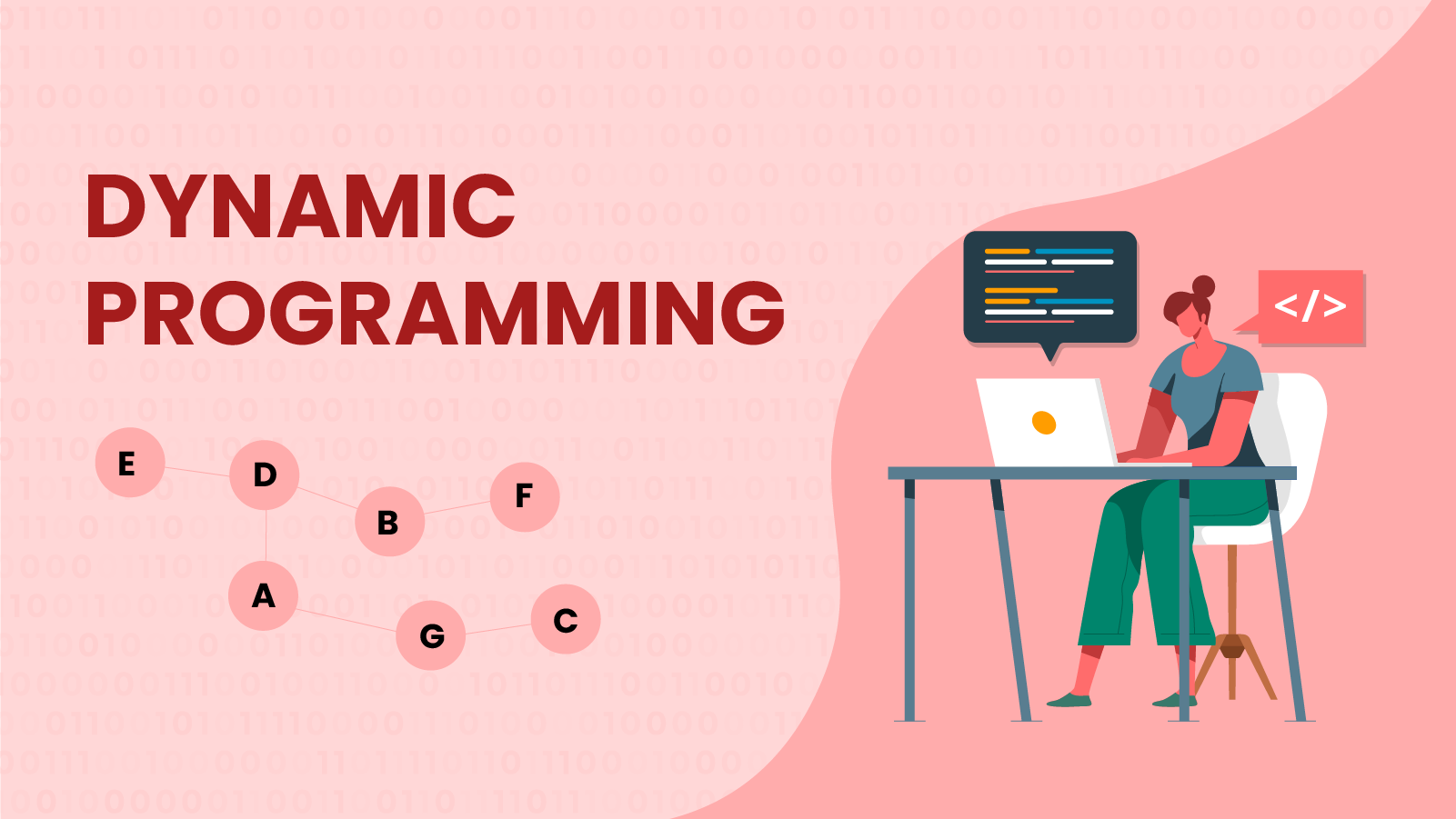Dynamic programming is a problem-solving technique that involves breaking down a complex problem into smaller, overlapping subproblems and solving each subproblem only once. The solutions to these subproblems are then stored in a table to avoid redundant calculations. This approach can significantly improve the efficiency of algorithms, especially for problems that exhibit overlapping subproblems or optimal substructure.
Key Concepts
- Overlapping Subproblems: When solving a problem, if the same subproblems are encountered multiple times, dynamic programming can store the solutions to these subproblems to avoid recomputing them.
- Optimal Substructure: A problem exhibits optimal substructure if its optimal solution can be constructed from the optimal solutions of its subproblems.
- Memoization: This technique involves storing the results of function calls in a table to avoid redundant computations. It is often used in conjunction with dynamic programming.
Examples of Dynamic Programming Applications
- Fibonacci Sequence: Calculating the nth Fibonacci number can be efficiently done using dynamic programming to avoid redundant calculations.
- Knapsack Problem: The knapsack problem involves selecting a subset of items from a given set to maximize their value while staying within a weight limit. Dynamic programming can be used to find the optimal solution.
- Matrix Chain Multiplication: Given a sequence of matrices, the goal is to find the most efficient way to multiply them. Dynamic programming can be used to determine the optimal order of multiplication.
- Shortest Path Problems: Algorithms like Dijkstra’s algorithm and the Floyd-Warshall algorithm use dynamic programming to find the shortest paths in graphs.
Steps Involved in Dynamic Programming
- Identify Subproblems: Break down the original problem into smaller, overlapping subproblems.
- Create a Table: Create a table to store the solutions to the subproblems.
- Solve Base Cases: Solve the base cases of the problem.
- Solve Subproblems: Use the solutions to smaller subproblems to solve larger subproblems, filling in the table as you go.
- Construct the Final Solution: Use the table to construct the solution to the original problem.
Advantages of Dynamic Programming
- Efficiency: Dynamic programming can significantly improve the efficiency of algorithms by avoiding redundant calculations.
- Clarity: The approach is often easier to understand and implement compared to brute-force methods.
- Versatility: Dynamic programming can be applied to a wide range of problems, from simple to complex.
By understanding the principles of dynamic programming and applying them effectively, you can solve complex problems efficiently and elegantly.

